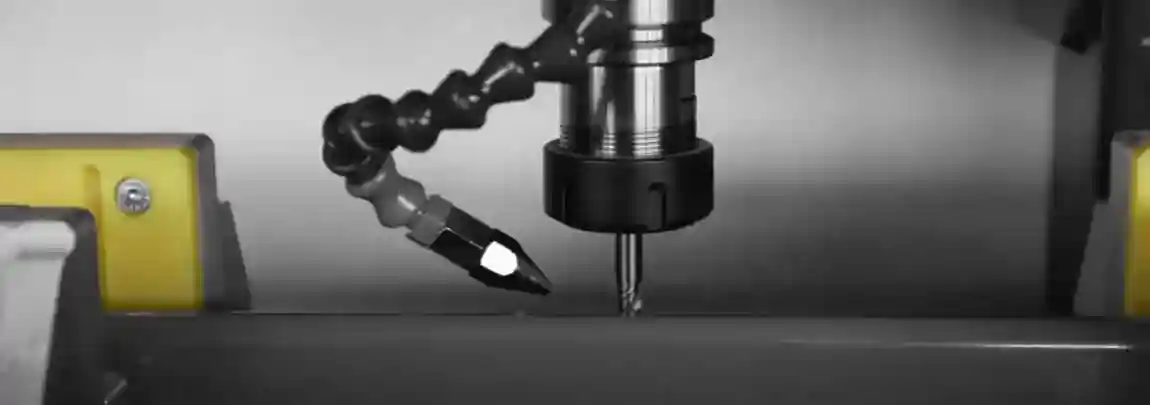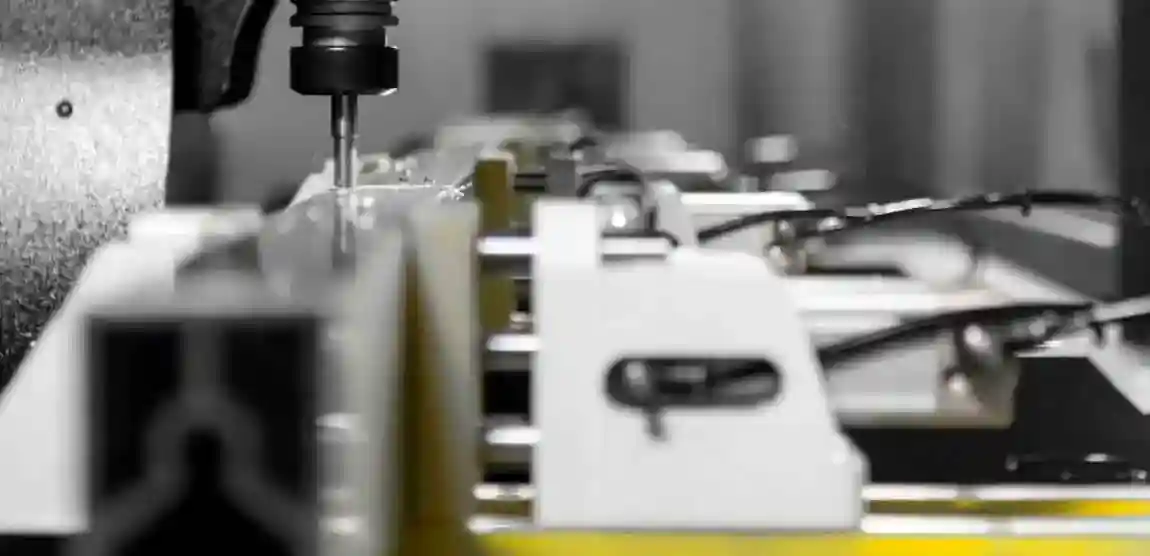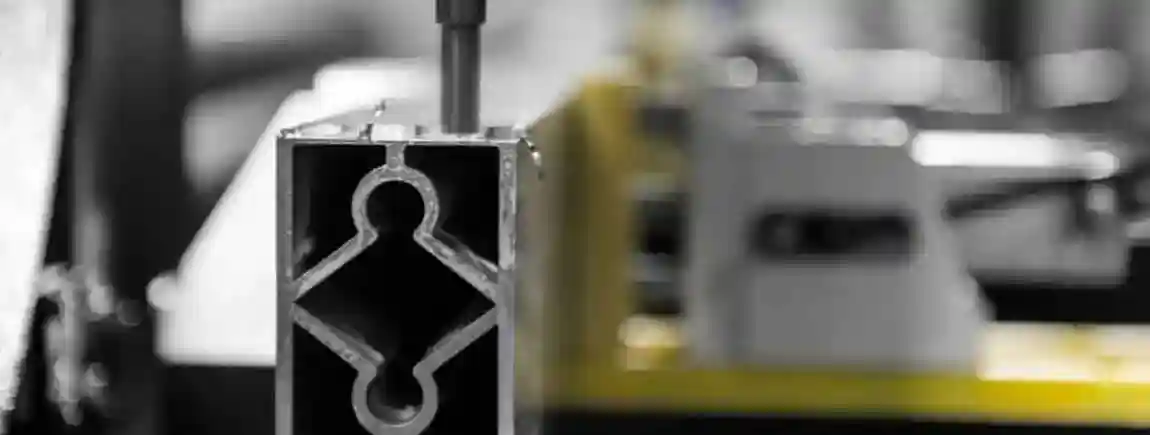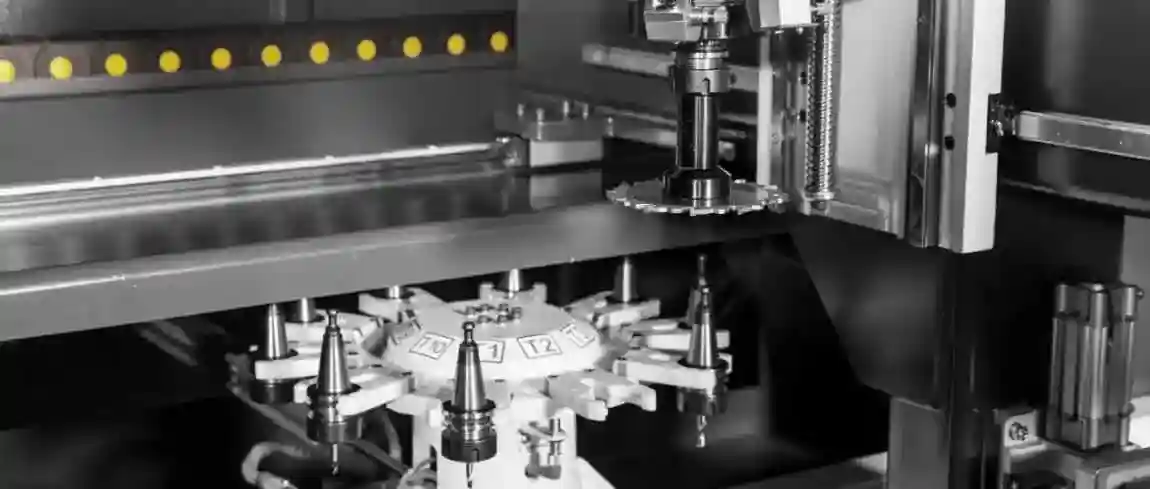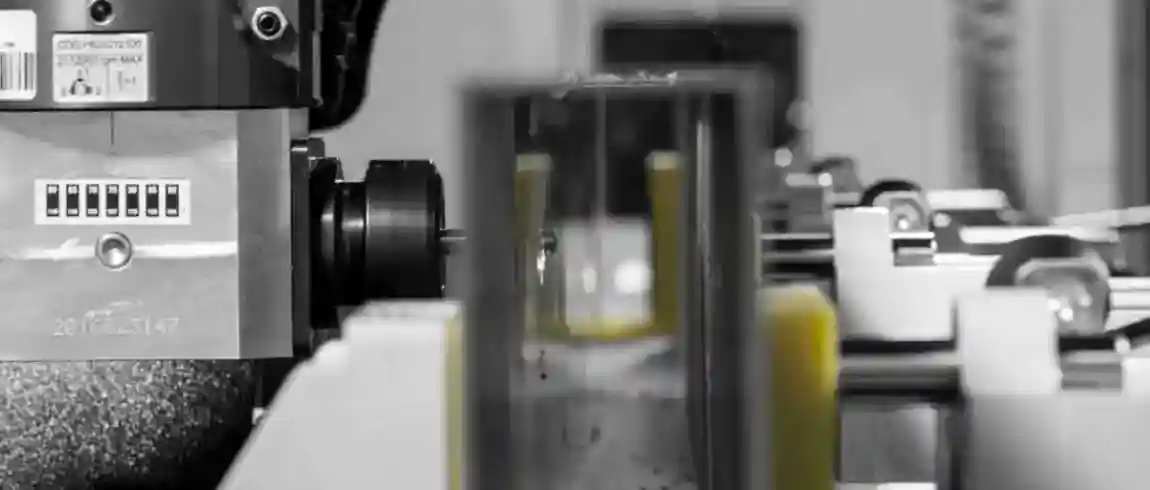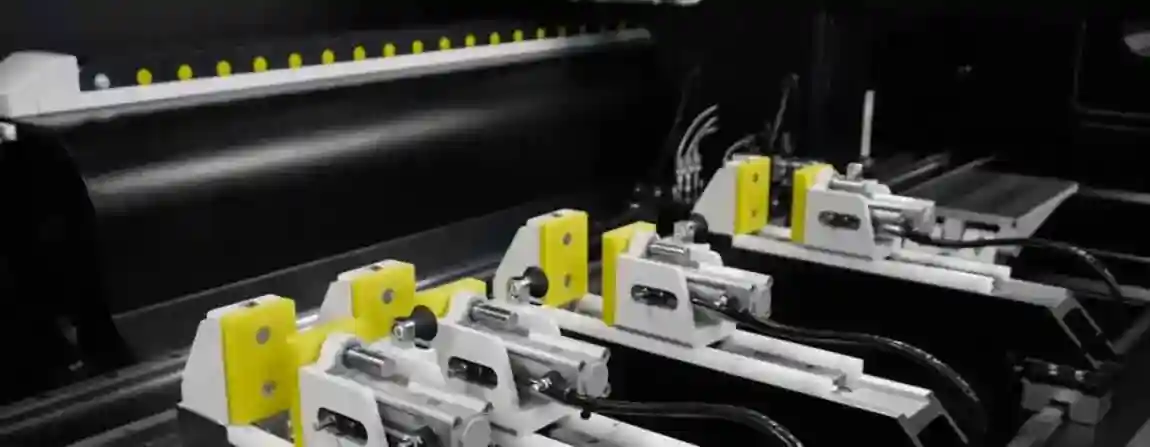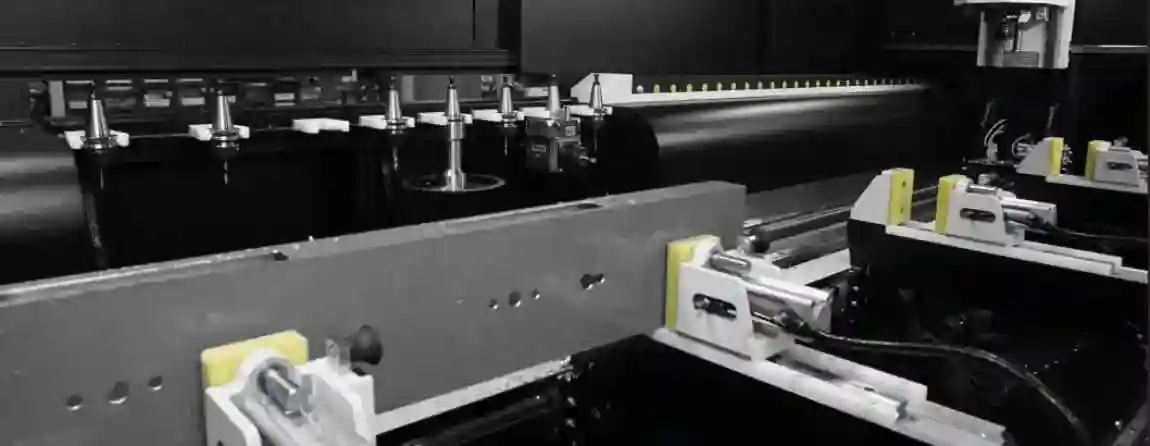-

Company
Product
ALUMINIUM MACHINES
PORTABLE MITER SAWS FOR ALUMINUM
PORTABLE COPY ROUTER MACHINES FOR ALUMINIUM
PORTABLE END MILLING MACHINES FOR ALUMINIUM
AUTOMATIC MITER SAWS FOR ALUMINIUM
COPY ROUTER MACHINES FOR ALUMINIUM
END MILLING MACHINES FOR ALUMINIUM
ALUMINUM CORNER CRIMPING MACHINE
DOUBLE MITRE SAWS FOR ALUMINIUM
AUTOMATIC SAWS FOR ALUMINIUM
BAR PROCESSING CENTERS
MACHINING CENTERS FOR ALUMINIUM COMPOSITE PANELS
NOTCHING SAWS
WEDGE CUTTING SAWS AND NOTCH CUTTING SAWS
MITER SAWS FOR ALUMINIUM
PVC PLASTIC MACHINES
PORTABLE MITER SAWS FOR PLASTIC
PORTABLE COPY ROUTER MACHINES FOR PLASTIC
PORTABLE END MILLING MACHINES FOR PLASTIC
MITER SAWS FOR PLASTIC
COPY ROUTERS FOR PLASTIC
END MILLING MACHINES FOR PLASTIC
WELDING MACHINES FOR PLASTIC
CORNER CLEANING MACHINES FOR PLASTIC PROFILES
DOUBLE MITRE SAWS FOR PLASTIC
BAR PROCESSING CENTERS
GLAZING BEAD SAWS
AUTOMATIC MITRE SAWS FOR PLASTIC
METAL MACHINES
MANUAL METAL SHEET BENDING MACHINE
MANUAL BENDING MACHINES
HYDRAULIC BENDING MACHINES
NON MANDREL BENDERS
PLATE BENDING MACHINES
BORDERING AND TRIMMING MACHINES
HORIZONTAL PRESSES
BELT GRINDING MACHINES
PIPE NOTCHING MACHINES
PIPE POLISHING MACHINES
LASER CUTTING MACHINES
PRESS BRAKES
VERTICAL TURNING CENTERS
MACHINING CENTERS
WOOD MACHINES
GLASS MACHINES
ROBOTICS SPECIAL MACHINERY
Service
Blog
Contact
Blog
- Home
- Blog
- PVC WINDOW MACHINE
- UPVC WINDOW MAKING MACHINES
UPVC WINDOW MAKING MACHINES
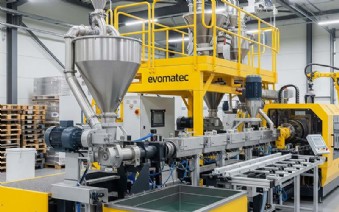
Comprehensive Guide to uPVC Window Making Machines
Introduction
uPVC windows have become a popular choice for homeowners and builders due to their durability, energy efficiency, and low maintenance requirements. These windows are made from unplasticized polyvinyl chloride (uPVC), a material known for its rigidity and resistance to the elements. The process of manufacturing uPVC windows involves several specialized machines, each playing a critical role in ensuring the final product meets quality standards. This blog will provide an in-depth look at the various types of uPVC window making machines, their functions, and the benefits they offer.
Overview of uPVC Windows
uPVC windows are known for their robustness, thermal insulation, and soundproofing capabilities. They are also resistant to corrosion, rot, and termites, making them ideal for various climatic conditions. The production of these windows involves precision and technology to ensure they meet the required standards. The manufacturing process is streamlined and automated, thanks to the advanced machinery used.
Types of uPVC Window Making Machines
uPVC Profile Cutting Machine
Function: This machine cuts uPVC profiles to the desired lengths required for window frames. It ensures precise cuts to avoid material wastage and maintain uniformity.
Features: Equipped with high-precision saw blades, automatic length measuring systems, and programmable settings for different cut lengths.
uPVC Welding Machine
Function: Welding machines join the uPVC profiles at the corners to form the window frame. This process ensures a strong and seamless joint.
Features: Available in single-head, double-head, and four-head configurations, these machines use heat to weld the profiles together, ensuring high strength and durability.
uPVC Corner Cleaning Machine
Function: After welding, excess material (weld seam) needs to be cleaned from the corners. Corner cleaning machines perform this task, ensuring a neat and aesthetically pleasing finish.
Features: These machines are equipped with various milling and drilling tools to clean different profile sections.
uPVC End Milling Machine
Function: End milling machines shape the ends of the profiles to ensure a perfect fit with other components, such as transom or mullion profiles.
Features: Adjustable milling cutters and high-speed spindles provide accurate and smooth milling operations.
uPVC Glazing Bead Cutting Machine
Function: This machine cuts the glazing beads that hold the glass in place within the window frame.
Features: High-precision cutting tools and adjustable cutting lengths cater to different bead sizes.
uPVC Water Slot Milling Machine
Function: Water slot milling machines create drainage slots in the window frames, allowing water to escape and preventing water accumulation.
Features: Adjustable slot lengths and depths ensure compatibility with various profile designs.
uPVC Lock Hole Milling Machine
Function: This machine drills holes for locks, handles, and other hardware components.
Features: Multi-head configurations allow simultaneous drilling of multiple holes, improving efficiency.
uPVC Automatic Production Line
Function: For large-scale production, automated production lines integrate various machines to streamline the manufacturing process.
Features: These lines include profile loading, cutting, welding, cleaning, and assembly stations, all controlled by a centralized computer system.
Benefits of Using uPVC Window Making Machines
Precision and Accuracy
The advanced technology in these machines ensures precise cuts, welds, and drills, resulting in high-quality windows.
Increased Efficiency
Automation and integration of different machines reduce manual labor and increase production speed, meeting high demand efficiently.
Cost-Effective Production
Reduced material wastage and labor costs lead to more cost-effective production processes, making uPVC windows affordable for consumers.
Consistency in Quality
Machines ensure uniformity in every window produced, maintaining consistent quality standards.
Enhanced Durability
The precision welding and cleaning processes ensure robust and long-lasting window frames.
Customization
Machines offer programmable settings that allow for customization of window designs to meet specific customer requirements.
The Future of uPVC Window Manufacturing
The future of uPVC window manufacturing lies in further automation and the integration of smart technologies. Industry 4.0 concepts, such as IoT (Internet of Things) and AI (Artificial Intelligence), are expected to play a significant role in enhancing the efficiency and precision of window making machines. These advancements will lead to even more cost-effective and high-quality uPVC windows, meeting the growing demand for sustainable and energy-efficient building materials.
Conclusion
uPVC window making machines are at the heart of the manufacturing process, ensuring high-quality, durable, and aesthetically pleasing windows. From cutting and welding to milling and cleaning, each machine plays a crucial role in the production line. As technology advances, these machines will continue to evolve, offering even greater efficiency and precision. For manufacturers, investing in advanced uPVC window making machines is essential to meet market demands and stay competitive.
- upvc window making machine
- upvc window manufacturing
- upvc window production
- upvc window machinery
- upvc profile cutting machine
- upvc welding machine
- upvc corner cleaning machine
- upvc end milling machine
- upvc glazing bead cutting machine
- upvc water slot milling machine
- upvc lock hole milling machine
- upvc automatic production line
- upvc window machine manufacturer
- upvc window machine price
- upvc window machine for sale
- upvc window machinery suppliers
- upvc window machine process
- upvc window machine features
- upvc window machine benefits
- upvc window machine efficiency
- upvc window machine precision
- upvc window machine automation
- upvc window machine innovation
- upvc window machine future
- upvc window machine investment
- upvc window machine quality
- upvc window machine customization
 GERMANY
GERMANY ENGLISH
ENGLISH FRANCE
FRANCE SPAIN
SPAIN PORTUGAL
PORTUGAL

